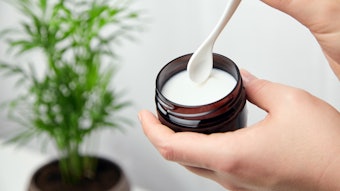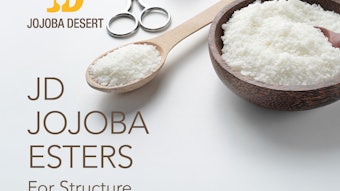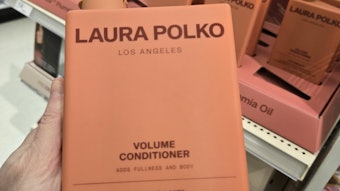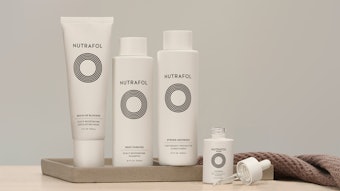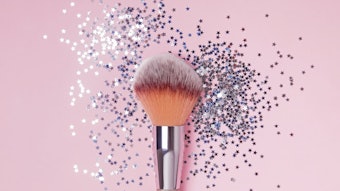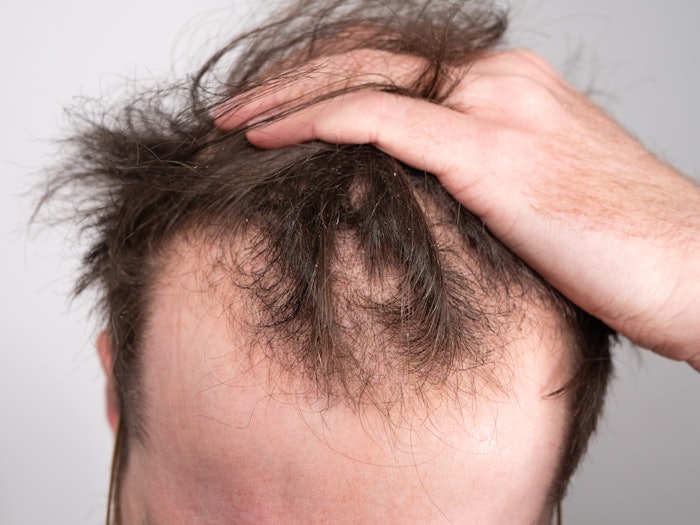
Recent research published in Advanced Healthcare Materials highlights a novel approach to treating androgenetic alopecia. The method leverages the solubilizing properties of stevioside, a natural sweetener derived from the Stevia plant, to disperse insoluble drugs such as minoxidil. The solid dispersion is then molded into a dissolvable microneedle patch for improved delivery of the active into the scalp.
The stevioside microneedles were shown to enhance minoxidil's solubility by approximately 18-fold, per the open access article, overcoming the limitations of traditional alcohol-based solutions that can also cause irritation. Studies revealed the microneedle patches achieved 67.5% hair regrowth within 35 days, significantly outperforming standard treatments.
Alopecia Treatment Study Design
The study used a mouse model of androgenetic alopecia, induced by testosterone propionate injections to inhibit hair follicle growth. Mice were divided into four groups: stevioside-minoxidil microneedle patches, 2% minoxidil solution, blank microneedles and no treatment.
Hair regrowth was monitored over 35 days, with the stevioside patches showing rapid and significant results compared to other groups.
Key Study Take-aways
- Enhanced delivery: Stevioside forms micelles that improve drug solubility and absorption. This due to stevioside's unusual structure – a hydrophobic (water-repelling) core surrounded by hydrophilic (water-attracting) sugar groups, per Science Blog. This dual nature allows it to self-assemble into micelles in water, with the hydrophobic centers acting as delivery vehicles for water-insoluble drugs.
- Greater efficacy: An 85% drug release and 18% retention in the skin, compared to 68% and 8.4% with traditional solutions.
- Safe and versatile: Stevioside's established safety profile suggests potential for broader pharmaceutical applications.
This minimally invasive method could transform hair loss treatments, offering a more effective and user-friendly alternative for millions worldwide.
